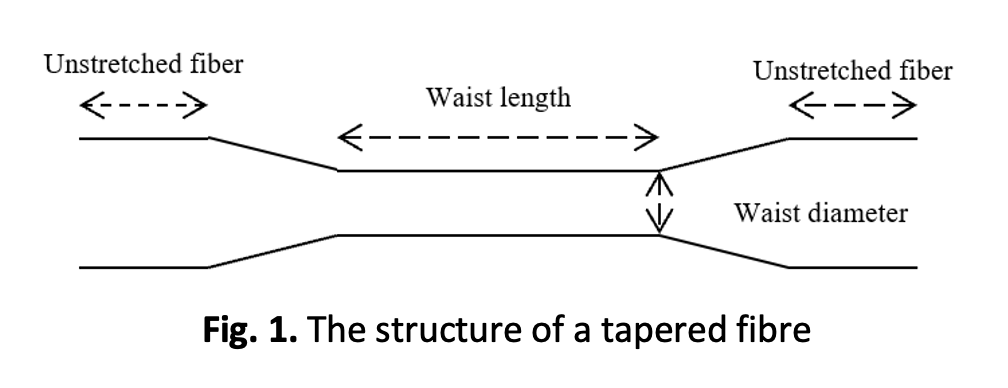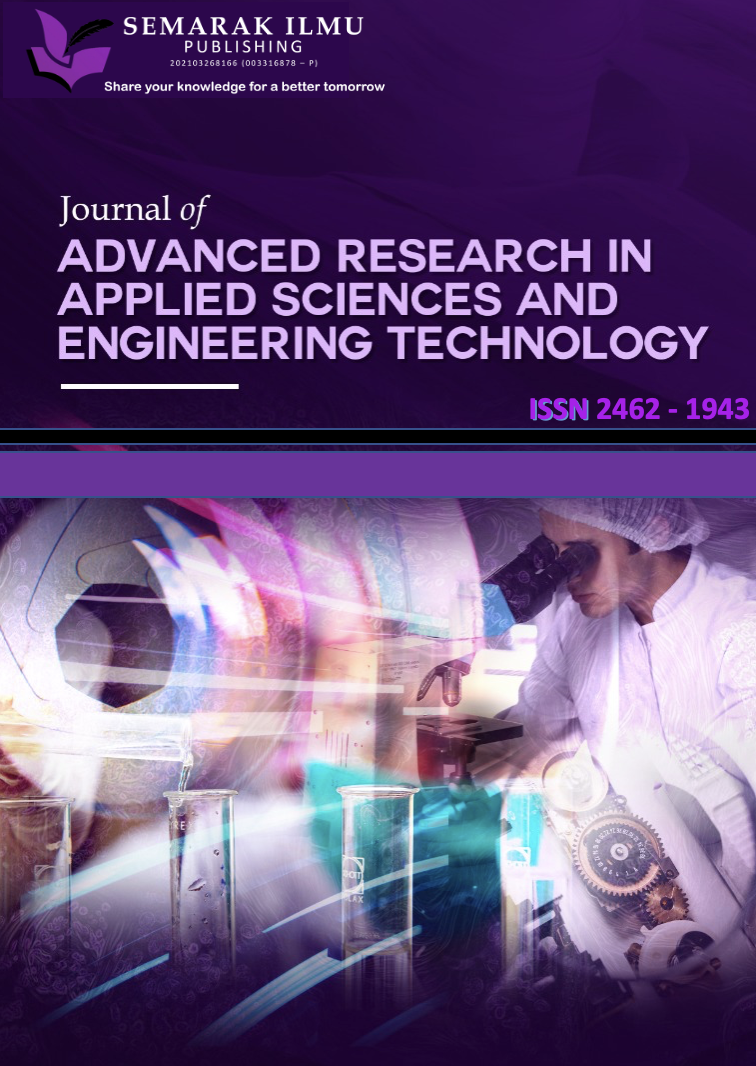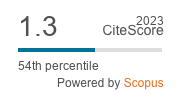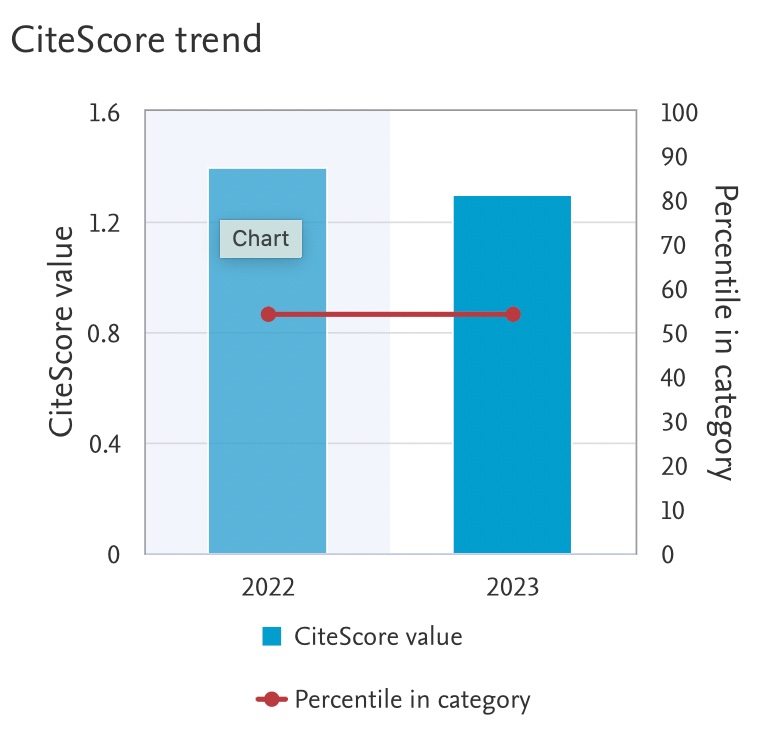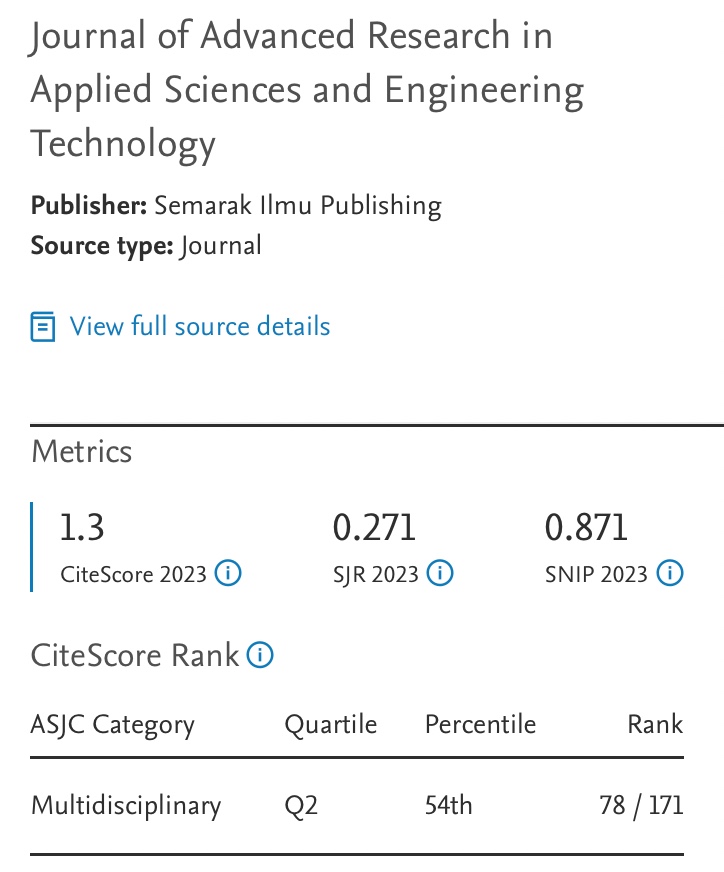Effect of Coated Tungsten Disulfide (WS2) on Tapered Optical Fibre for Urea Detection
DOI:
https://doi.org/10.37934/araset.39.2.181190Keywords:
Tapered fibre optic, urea concentration, tungsten disulfide, drop casting methodAbstract
It is crucial to detect urea in clinical samples because urea levels in biological fluids are clinically linked to a number of disorders, including dehydration, heart failure, and renal dysfunction. Here, a tungsten disulfide (WS2)-coated tapered optical fibre sensor with increased sensitivity is suggested and demonstrated. The findings have shown that the sensing sensitivity is greatly improved with WS2 coating on the tapered optical fibre. This improvement is made possible by the unique optoelectronic capabilities of the WS2 layer and the tapered diameter size. The coating of the 20 µm tapered diameter with 20 µL WS2 results in the maximum sensitivity (up to 0.069 dBm/(mg/dL)) in the experiment. This result demonstrates a sensitivity improvement of 60% compared to the scenario in which a WS2 coating was not present. Analysis and discussions are conducted on the sensing performance improvements brought about by the tapered diameter size and the WS2 coating. In addition, the WS2 tapered optical fibre sensor possesses a linear correlation coefficient of 99.8 % in a concentration range of 10–50 mg/dL.
Downloads
